Europe recycles 76 percent of aluminum cans
© Shutterstock
Bar ohne Namen
Entschlossen verweigert sich Savage, der Bar einen Namen zu geben. Stattdessen sind drei klassische Design-Symbole das Logo der Trinkstätte in Dalston: ein gelbes Quadrat, ein rotes Viereck, ein blauer Kreis. Am meisten wurmt den sympathischen Franzosen dabei, dass es kein Gelbes-Dreieck-Emoji gibt. Das erschwert auf komische Weise die Kommunikation. Der Instagram Account lautet: a_bar_with_shapes-for_a_name und anderenorts tauchen die Begriffe ‘Savage Bar’ oder eben ‚Bauhaus Bar‘ auf.
Für den BCB bringt Savage nun sein Barkonzept mit und mixt für uns mit Unterstützung von Russian Standard Vodka an der perfekten Bar dazu.
The recycling rate remains stable at a high level. The target is 100 percent by 2030.
The rate has remained stable: In 2019, EU countries (as well as Switzerland, Norway and Iceland) recycled around 76 percent of aluminum beverage cans. The total was 488,000 tons - saving around 4 million tons of CO₂ in greenhouse gas emissions. These are the figures from a recent report by Metal Packaging Europe and European Aluminium.
World champion Germany
Germany achieves the highest recycling rate at 99 percent, closely followed by Belgium, Finland and Norway. Austria is in the middle of the pack with around 70 percent. The European taillight is Cyprus, where only around 30 percent of aluminum beverage cans are recycled.
The target is 100 percent
However, the generally high values cannot hide the fact that more would be possible. In March 2021, the two industry associations presented their joint roadmap for 100 percent can recycling by 2030. This ambitious target can only be achieved if existing packaging collection systems in Europe are further improved or replaced by well-designed deposit systems for beverage cans and other relevant beverage packaging.
Deposit systems are the lever
Maarten Labberton, Director Packaging Group at European Aluminium, would like to see "more countries moving to modern and well-designed deposit systems that make the best use of the high scrap value and quality of collected aluminum cans. Although used cans are also recycled into a variety of other valuable end products, such as bicycles or electric vehicles, the most efficient solution is to reuse them to produce new cans. No other type of beverage packaging can achieve such high recycling rates while consuming so little primary material, resulting in a circular economy and reduced carbon emissions."
